
Agradable Sorpresa – Radio Mundo
this blog is GROOVY – check out great Soul, Funk, Jazz, Hip Hop, Bass, Breaks , Reggae, House n many more TUNES
Ah, disco! A genre that took the world by storm in the ’70s with its infectious beats, shimmering outfits, and dance floors packed to the brim. Disco wasn’t just music; it was a lifestyle—an explosion of color, rhythm, and expression. Let’s take a groovy trip back in time to explore the history of disco while highlighting some amusing tidbits about its glittering stars.
Disco emerged from a melting pot of musical styles in the late 1960s and early 1970s. It combined elements of soul, funk, pop, and even rock ‘n’ roll to create something wonderfully new. It pulsated out from urban nightlife hotspots like New York City and Philadelphia. Clubs became spaces where people from all walks of life came together to dance away their worries.
The term “disco” is actually short for “discothèque,” which refers to dance clubs where records were played for dancing rather than live performances. The first notable track often credited as an early disco hit is “Love Is the Drug” by Roxy Music (1975). But hold onto your bell bottoms because things were just getting started!
Step into any discussion about disco without mentioning Studio 54, and you might get kicked off the dance floor! This legendary nightclub opened in Manhattan in April 1977 and became synonymous with all things glamorously outrageous. Celebrities rubbed shoulders with everyday folks under swirling lights while DJs spun records that kept them grooving until dawn.
Now here’s a funny nugget: one night at Studio 54 during peak disco fever, actor Andy Warhol famously entered wearing nothing but body paint—and he wasn’t alone! The club had no shortage of wild fashion choices; some patrons wore costumes inspired by everything from superheroes to mermaids!
By mid-‘70s, artists began churning out hits that defined what we think of as classic disco today. Groups like Chic, the Bee Gees, and Donna Summer brought infectious grooves that made everyone want to strut their stuff on those shiny wooden floors.
Speaking of Donna Summer—did you know she once sang backing vocals for none other than Mitch Ryder? Yep! Before hitting it big as “The Queen of Disco,” she played second fiddle on tracks while dreaming up her own solo career… which ended up being anything but second place!
The Bee Gees also had a signature sound that helped define what we consider classic disco music today—with heavenly falsetto harmonies layered over bumpin’ basslines. But here’s a chuckle-worthy fact: Barry Gibb famously recorded his iconic high notes using these super-silly vocal techniques—it included drinking hot lemon tea mixed with honey right before recording sessions! Talk about taking care of those pipes!
Disco didn’t just limit itself to nightclubs; it infiltrated pop culture like glitter on rhinestone shoes! Movies such as Saturday Night Fever (1977) skyrocketed John Travolta into superstardom while spreading vibes through every corner imaginable—the film’s soundtrack alone sold millions worldwide!
Here’s another good laugh—a little trivia surrounding Travolta: when filming Saturday Night Fever, he embraced his inner dancer so much that during shooting break times he’d lead impromptu dance parties between takes—not exactly how most actors pass time between scenes!
But alas! Just like every party has its last song fading into silence around closing time—so did the era go on pause after this cultural landmark moment finished shining bright around late ’80s onward.
As punk rock swept through rebellious waves alongside new wave sounds emerging fastly claiming attention globally by young megastars—we witnessed our beloved genre fading somewhat quietly yet unmistakably leaving behind lasting impressions still felt decades later.
However—you can’t keep great music down forever! Today’s artists continue breathing fresh air back into prominent aspects through various genres merging old-school grooves infused within hip-hop or pop fusions reaching more funky stylings inspiring newer generations again craving electrifying beats hookin’ them tightly onto their own shining dream floors everywhere possible once more bringing us back full circle wrapped inside smiley faces dancing freely without boundaries—but this time maybe less sequins?
So there you have it—a jazzy jaunt through the colorful history land known as DISCO filled with laughs along each turn taken too sure creating everlasting vibrancy underneath spinning mirrors wherever they’re found set ablaze dazzling cylindrical energy captured eternally moving forward ever stronger throughout social dances crossing lines leading hearts laid bare shoutin’ louder lyric-wise returning rhythmically flowing earnestly pushing wicked walls breaking open once deeply entrenched healing worn souls rocking still standing firmly united though always keeping funky vibes alive shining bright passionately inviting anyone willing join whenever simply raising hands letting loose alongside unexpectedly magical moments shared happily connected together beyond words written anywhere else throughout cosmic wonderland awaited next starlit evening ready reliving joyous unforgettable joyous experience anytime desired ahead…it truly feels amazing having fun celebrating love unity felt anywhere egos left behind eternally surrendered fully enjoying groove waltzing lovingly tonight eternity embracing every beat resounding blissfully ensuring smiles crafted beautifully dressing fabulous dreams realized forming endless expressions silliness reminding many why joy exists wholeheartedly laying everybody boundless freedom forevermore standing proud joining spirit living glorious feeling perfectly alive amongst pure groove divinely exploding vibrant sharing euphoria unleashed endlessly…
Let’s boogie on down nostalgia lane or jump right out dazzled eyes sparkling brightly illuminating rooms left twinkling far beyond grasp whenever stepping vibrantly powered rediscovering magic holding tight reminding world pulse remains etched gently beating fervently filling soulful hearts transcending timelessness bringing everyone serenely united upon gathering upbeat surrounded passions driving beautiful rhythms connecting infinitely across beautifully familiar spaces awaiting unbarred hugs expressed joyously danced out loud lives remain maintained truly lit forever incandescently rising chasing infinity endlessly beckoning warmly burning blazing brighter celebration thriving whimsy counter-melody echoingly swaying sweeter securely sealed strong within each friendship flourishing boundlessly… Now put your dancing shoes ON!!! 🌟🕺💃

Agradable Sorpresa – Radio Mundo

Acid Thunder- Instrumental – Cosmic Slide

Jambonne, Jam On – Jambonne
![Tonbe – Dig It [Remastered]](https://le-groove.de/wp-content/uploads/2025/12/Tonbe-Dig-It-Remastered.jpg)
Dig It [Remastered] – Tonbe
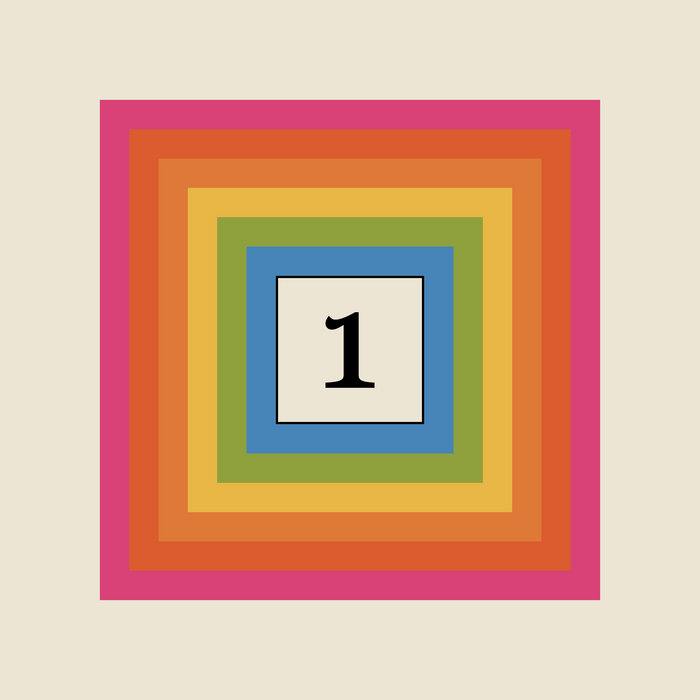
Looking At The Love (feat. Greg Blackman) – Lack of Afro
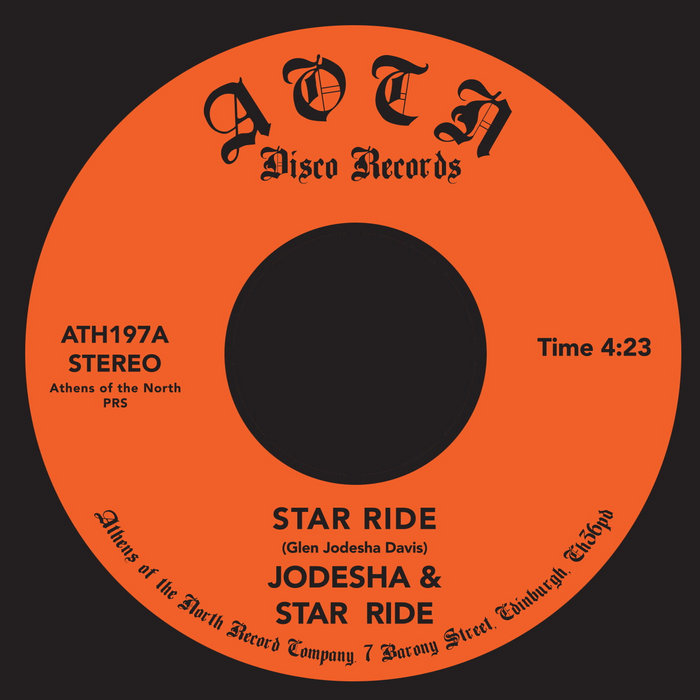
The Answer – Jodesha & Star Ride
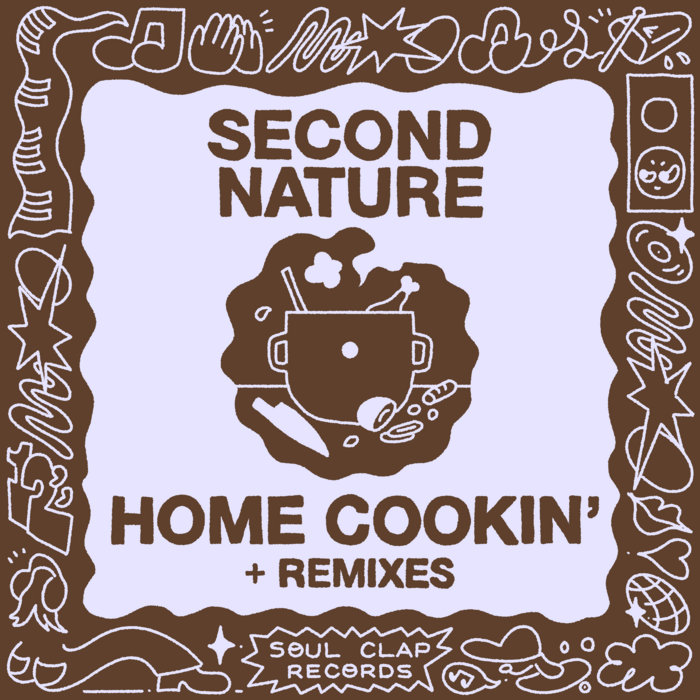
Home Cookin' – Second Nature
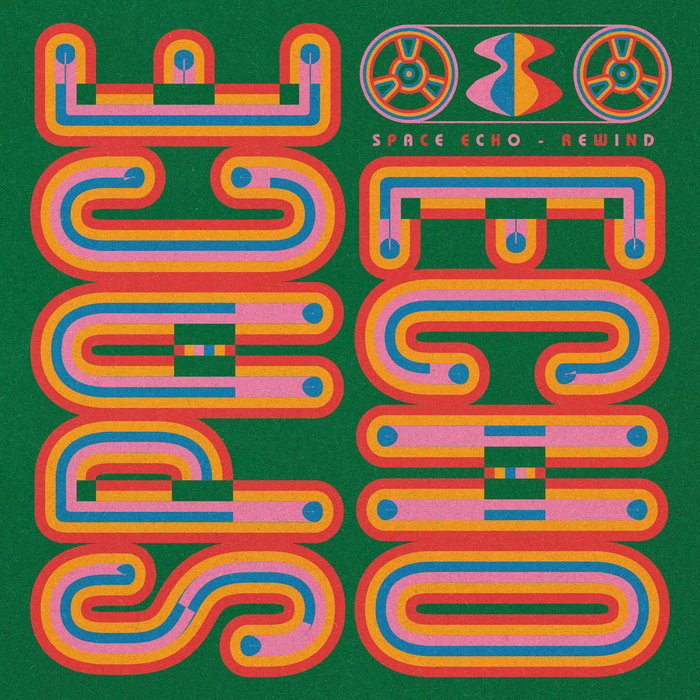
Space Echo – Soul Power – Luv Shack Records
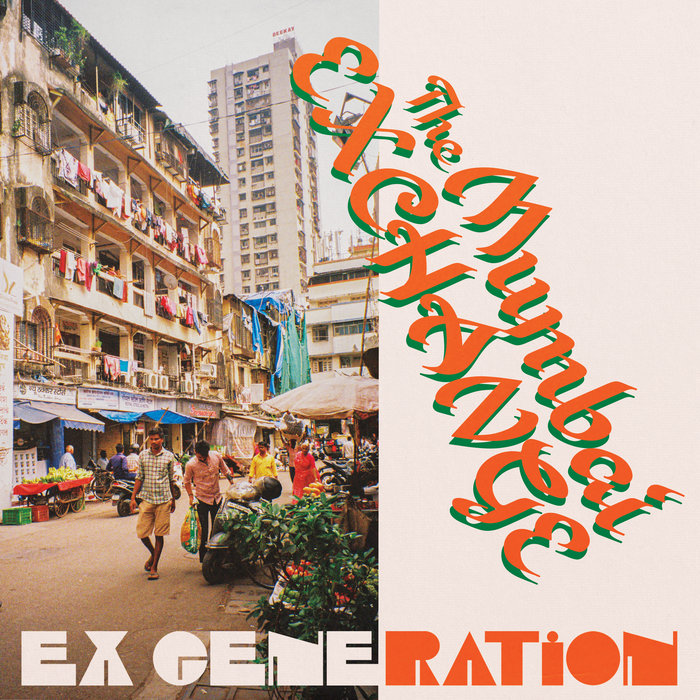
The Mumbai Exchange – EX GENERATION
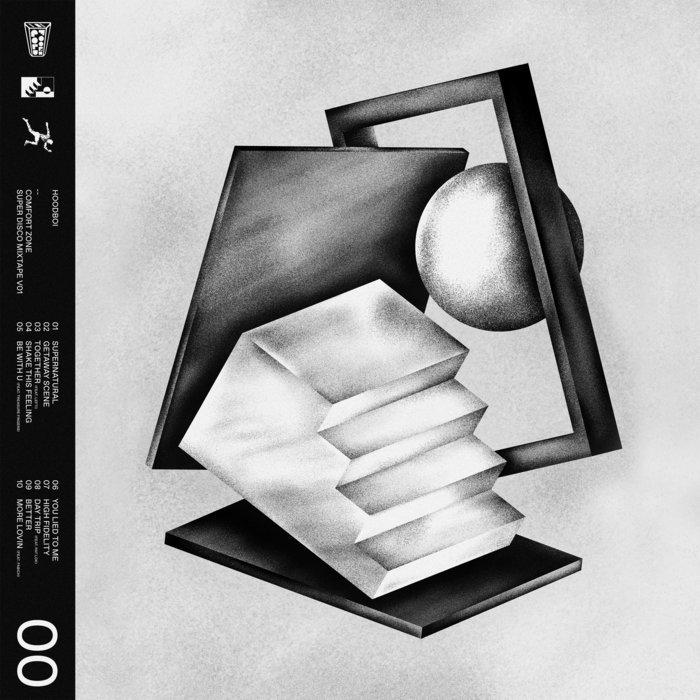
Day Trip – Hoodboi & Pat Lok